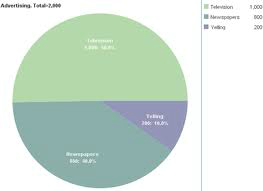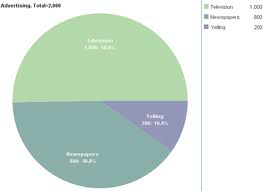
MONTANA |
VIDIN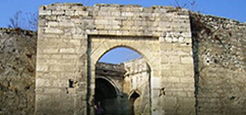 |
DOLJ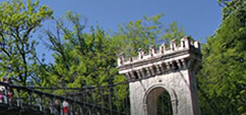 |
Interactive map |
| CULTURAL-HISTORICAL RESOURCES | CULTURE AND RELIGION | FOLKLORE, CRAFTS AND TRADITIONS | EVENTS | TOUR PACKAGES |
Rakovitsa monastery “Holy Trinity”, Municipality of Vidin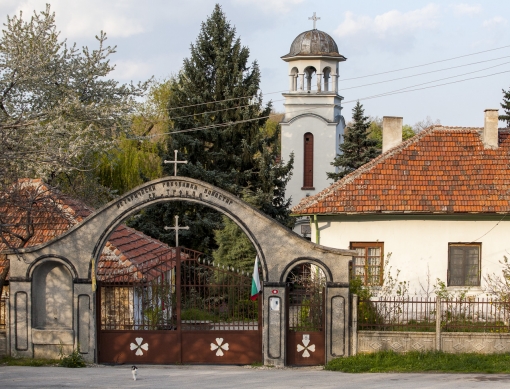
Rakovitsa monastery "Holy Trinity" is located below the peak Chernoglav (858 m altitude) in the Western Pre-Balkan Mountain. It is located between the villages Rakovitza and Kireevo, Kula municipality, on 4 km northwest from Rakovitsa, almost on the border of Bulgaria with Serbia. There is not preserved documentary evidence for Rakovitsa monastery, for its historical past. Again, if you can believe the people stories, it could be considered that its construction was during the First Bulgarian Empire, and its demolition - after 1396 by the Ottoman Turks. Several times Rakovitsa monastery was renewed and burned by the Turks. For a long time it had been abandoned, while in its present form it was rebuilt by the priest Gerasim in 1825. For him the legend says that during a rebellion he killed his wife and child not to fall into the hands of the Turks, because they didn’t want to go away with him in Germany. Then he returned and went to Rila Monastery for to confess where his confessor imposed "canon" to track down and resume the three monasteries. This "canon" priest Gerasim completed renovating the monastery "St. Trinity", "St. Mary" (near Knyazhevats or Zaichar) and third - somewhere in the Fore-Balkan. When the monastery was ready and its church consecrated by Archbishop German, as this was evidenced by an inscription in it, its founders opened it in a school to prepare candidates for the priesthood, to replace the Greek ones, but this school existed for a short time. A preserved inscription indicates that in 1825 the church was renovated by Tryavna artists Kanyu Zahariev and Dosyu Koev. A little later, in 1848, the in the monastery was opened the first secular school in northwestern Bulgaria. In memory and celebration of the heroism of dead insurgents in 1850, in the courtyard of the monastery was built impressive new church in 1943-1944 with attached high belfry to the western side. The monastery consists of two churches, residential and commercial buildings. Built in the 10th century old church (8.5 x8 m) is of the "inscribed cross" type and a cross-domed with a high dome and hexagonal drum with outbuildings in the early nineteenth century narthex. In 1979 and 2005 the valuable frescoes were restored. Interesting and exciting is the painting in Monastery church. Along with Jesus Christ, the Apostles, the Virgin Mary, St. Helena and Konsantin and many saints and educators on the wall a fiery snake is crawled. The interpretation is that this is a fiery river, which flowed from a terrible yawning mouth of the dragon, symbolizing hell. Curved body of the snake is surrounded by a white ribbon bearing the sins of man. Monastery is declared monument of culture. Currently it is restored and operational. The temple holiday of the monastery is Pentecost. The condition of the monastery is good and the access to it is free. No opportunity to stay overnight in the monastery. You can reach to the monastery from town of Vidin (on about 49 km) on secondary road to northeast, and from town of Belogradchik (on about 34 km) – on 3rd class road to southeast.
|
MOST VISITED
PUBLICATIONS
TOURIST INFORMATION
Where to sleep
Where to eat
Transportation
Recent archaeological excavations, research, restoration
Links
|
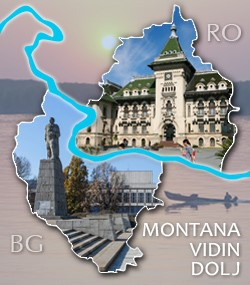
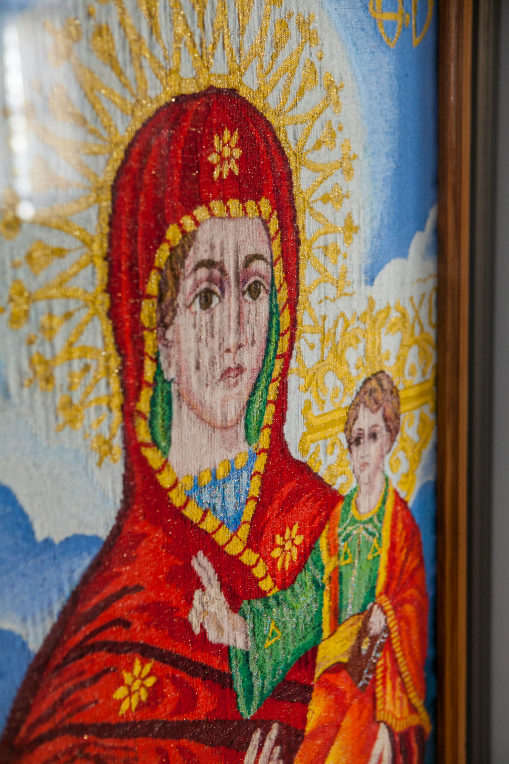
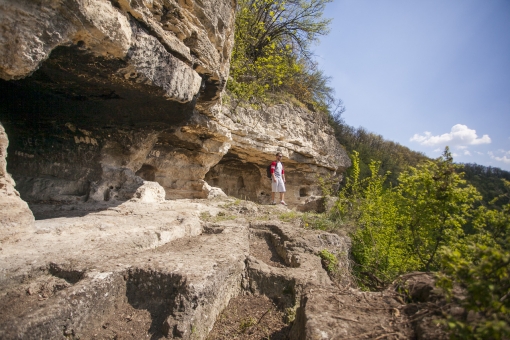
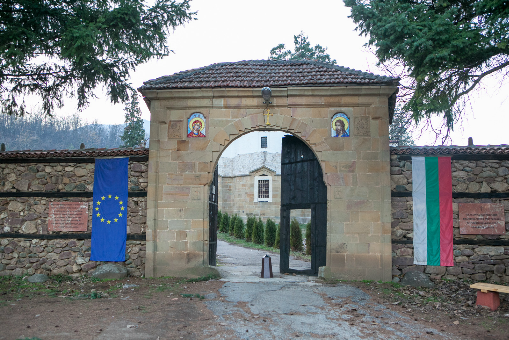
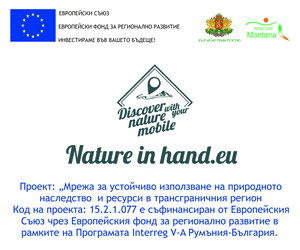
 Google Play
Google Play App Store
App Store 